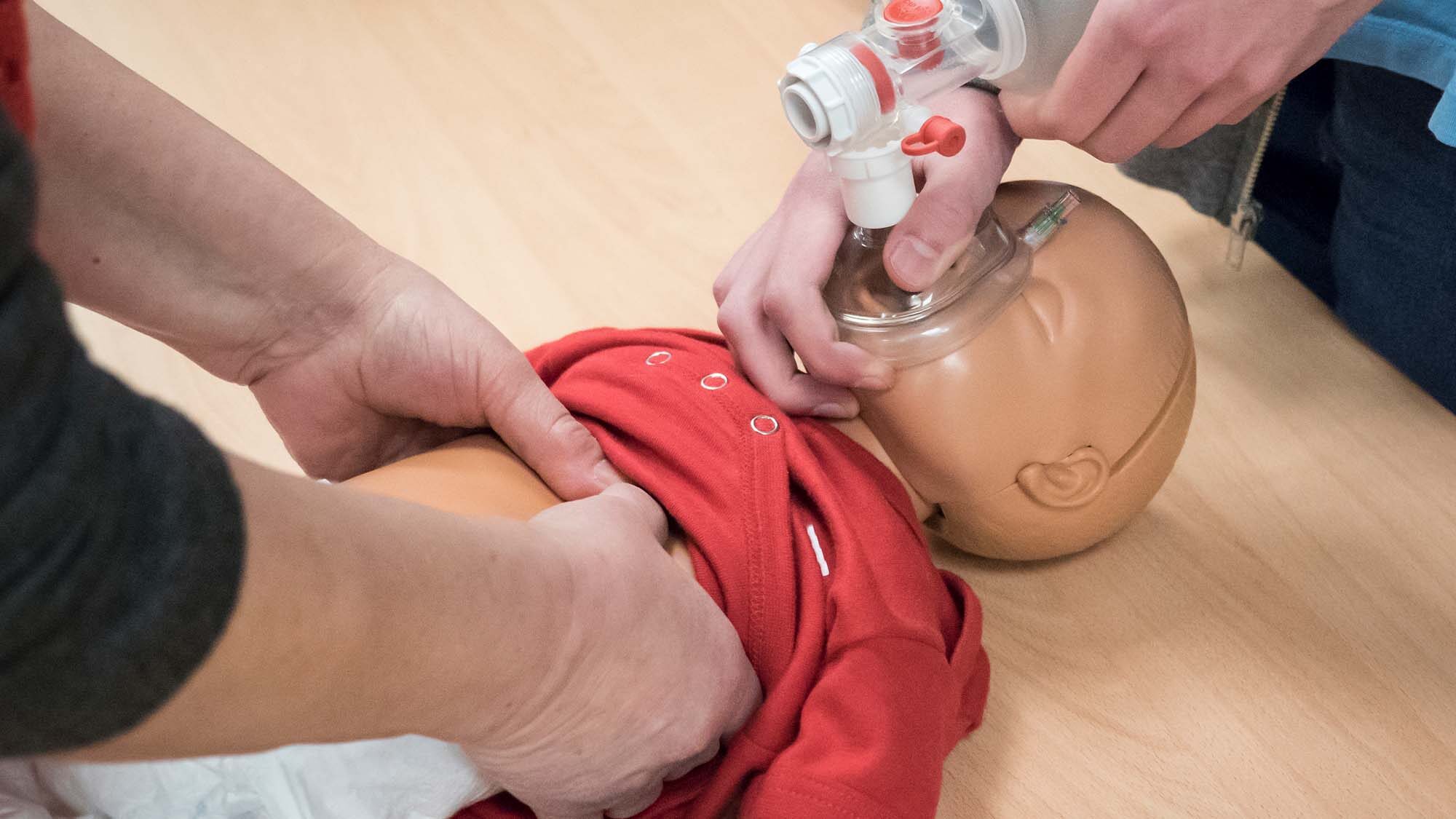Every year in the United States, many individuals die from Cardiovascular Disease. It is a chronic disease that manifests itself from underlying medical conditions such as Hypertension, Hyperlipidemia, and Diabetes. The progression of the disease can eventually lead to further complications such as cardiac arrest. Cardiac arrest can happen at any given situation, time, and place, including a non-healthcare professional setting. The cause of death can partly be due to knowledge deficit of these professionals and their lack of training on cardiopulmonary resuscitation (CPR). Without proper education of basic life support, many lives are at stake simply because of the inability to recognize a life threatening situation and effectively reacting to it.
Modifiable risk factors such as diet contribute to the development of cardiovascular disease; however, very seldom do individuals take the initiative to practice preventative measures in reducing the development of the disease. It is necessary for treatment to be a primary focus under certain circumstances when a lack of prevention of care remains. Applying cardiopulmonary resuscitation knowledge to individuals that are undergoing a cardiac arrest will enable non-healthcare professionals to provide a form of treatment to the general population. By simply educating and certifying non-healthcare professionals in cardiopulmonary resuscitation, it will allow the professionals the opportunity to get involved, socially interact, and give back to the community. In addition, training and certification may further enhance their awareness of the environment in and out of the workplace, gain respect towards the community, develop a sense of self-worth, and lastly gain more control of their own health.
Educating non-healthcare professionals on how to effectively provide cardiopulmonary resuscitation may develop into conflicts for some companies due to financial setbacks. In addition, some professional workers may feel appreciated for given the authority to take on a considerable amount of responsibility, while others may feel obligated to perform a procedure they are uncomfortable in. Furthermore, some individuals may feel outraged by the thought of money spent on useless training instead of rather focusing on gearing the money towards productive necessities that contribute to improvement in the quality of service for the company. However, with the lack of proper training and certification for non-healthcare professionals, it is likely possibly for lawsuits to ensue based on any event that demonstrates insufficient care towards an individual that is experiencing a cardiac arrest or a life threatening situation. Evidently, the overwhelming cost of lawsuits can outweigh the costs of training classes that could have been provided to help prevent such lawsuits from happening. Therefore, by having non-healthcare professionals learn cardiopulmonary resuscitation skills and knowledge, it will be beneficial in the long run for companies to be free of one lawsuit after another.
There is a higher likelihood of saving an individual’s life because of faster reaction time to the emergency situation in a non-healthcare setting. If non-healthcare professionals are proficient in cardiopulmonary resuscitation, it would not be necessary for them to wait for the arrival of a medical team to perform the procedure. A quick response to treatment often times leads to a fast recovery time, but may vary depending on how well the compromised body recuperates and whether the individual is cooperative and compliant with treatment. In a hospital setting, faster recovery time predicts the prolonging of hospitalization stay, and helps reduce the total costs for each day spent in the hospital. Therefore, it is reasonable to say that giving the opportunity for non-healthcare professionals the authority to perform effective cardiopulmonary resuscitation will result in faster recovery times and may contribute to the reduction of hospitalization stay and costs.
Cardiovascular disease is a chronic condition that will always be of concern. By collaborating with other professionals outside of the healthcare world, we are able to educate more, prevent more, and take one step closer to saving more.
Learn more about how to safe a life, CLICK HERE









